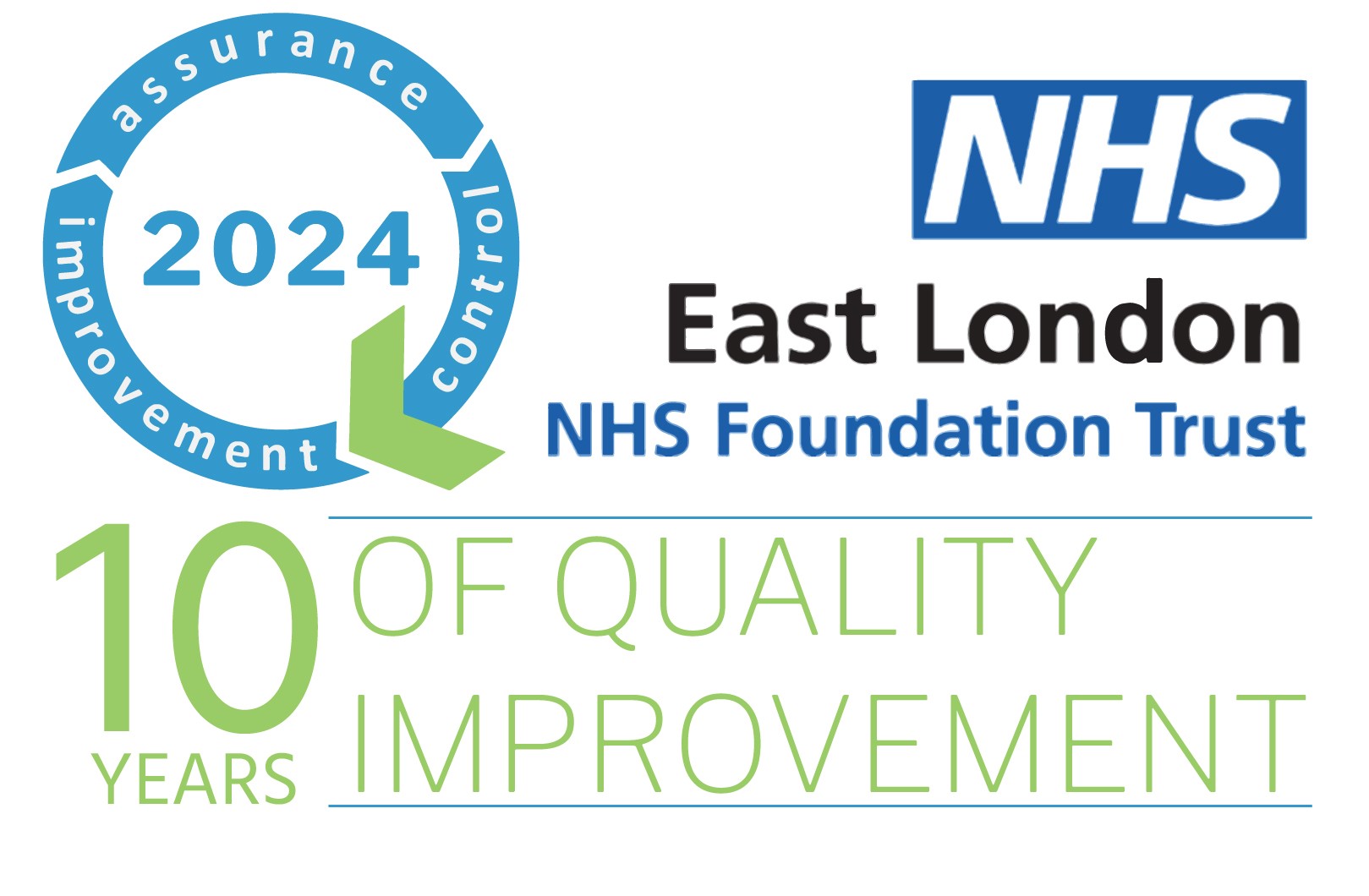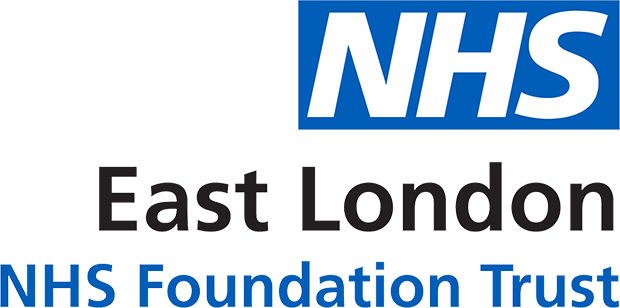Improving Patient Flow: The Red to Green Approach in Tower Hamlets Centre for Mental Health
Written By Dalila Magdu and Vernanda Julien
Figure 1: Tower Hamlets Globe Ward Red to Green Morning Huddle
Current Situation
The rising population and increasing complexity and severity of healthcare needs have led to a higher demand for healthcare services. The demand often exceeds available resources, and discharges are frequently delayed due to complicating factors such as housing and social stressors. These issues require proactive planning, management, and coordination to ensure hospital admissions are useful, helpful, and brief for all patients. The four acute inpatient wards at the Tower Hamlets Centre for Mental Health (Brick Lane, Globe, Lea and Roman wards) have come together to tackle this challenge by testing the Red to Green approach.
Baseline Data and Starting Theory
East London NHS Foundation Trust (ELFT) has been running a system-wide improvement programme with the objective of improving capacity and flow in inpatient settings, with the aim to reduce the average length of stay to 40 days by April 2025. Work within Tower Hamlets Mental Health has been feeding into this programme and the directorate has developed a theory of change presented as a driver diagram (see Figure 2). One of the key changes currently being tested is the introduction of the Red to Green approach in daily huddles which is linked to the change idea to improve planning in preparation for patient discharge.
Figure 2: Tower Hamlets Mental Health Flow Driver Diagram
The Red to Green intervention was introduced in March 2024 in response to ELFT declaring an Operation Pressures Escalation Level 4 (critical incident) due to increasing bed pressures. The key focus of the approach is ensuring that patients who are medically ready for discharge can leave hospital as soon as possible by identifying and addressing blockages to enable discharges to take place.
The principles underpinning the intervention are based on NHS England’s guidance “Acute inpatient mental health care for adults and older adults – guidance to support commissioning and delivery of timely access to high quality therapeutic inpatient care, close to home and in the least restrictive setting possible” from July 2023.
The guidance sets out the criteria for a patient having a Green day or a Red day (see Figure 3)
Figure 3: Green Day and Red Day criteria
Progress
The acute inpatients wards in Tower Hamlets introduced Red to Green discussions in daily practice which has supported the teams to monitor tasks and activities required to enable service users’ timely discharge. Wards have daily multidisciplinary team morning safety huddles where the Red to Green criteria is reviewed for each patient.
Each of the wards are monitoring average length of stay as an outcome measure and the number of discharges as one of their process measures (See Figures 4 & 5).
Figure 4: I Chart showing average length of stay on Roman Ward
Figure 5: I Chart showing number of discharges per week on Roman Ward
The manual collection of data around the number of patients who have a Red Day vs a Green Day as an additional process measure has been challenging. The teams have been working to develop recording systems for this work to keep track of Red and Green patients and the necessary tasks which will help move the patients into Green. Currently, the Red to Green discussions are being documented on a separate document, however, the hope is to move the documentation into existing daily recording systems.
Learning and Next Steps
The Red to Green intervention came about during a time when there was an urgent need to address the challenge of high length of stay in the Tower Hamlets. The teams hit the ground running by introducing an intervention recommended by NHS England as part of wider Systems Flow work taking place in Tower Hamlets. While the introduction of intervention has received positive feedback from staff, with the principles helping staff stay on top of daily tasks for each patient, the data has been varied across the wards. Consequently, there is a need to apply a more rigorous QI approach to further improve processes to reduce the average length of stay on the wards. The team plans to progress the work by:
- Seek inpatient input to enable effective co-production and establish effective feedback and communication channels between patients and staff.
- Utilise QI tools including cause and effect diagrams to understand the problem in more detail.
- Review and update Tower Hamlets existing flow driver diagram
- Consider additional measures beyond those available via the ELFT reporting platform, PowerBI
- Test methods for standardising daily recording and improving data robustness.
By continuing to refine and test this strategy, the Red to Green intervention aims to improve patient flow and reduce bed pressures, ultimately enhancing the quality of care provided to patients.









